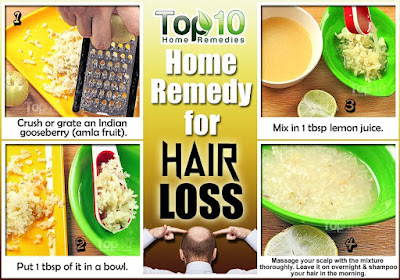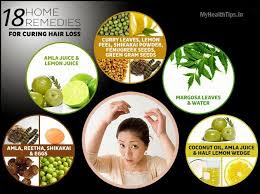Hair Loss: A Common Problem
About 85% of men will have significant hair thinning by the time they're 50, according to the American Hair Loss Association. Some men begin to lose their hair before they even turn 21.
Uncovering Hair Loss Myths
Does wearing a baseball cap cause baldness? Nope. Someone running their fingers through your hair won't cause it either. Neither will combing, brushing, twisting, or styling. But avoid being too rough to prevent hair breakage
Quit Smoking and Save Your Hair?
Several studies show a significant relationship between smoking and how fast male-pattern baldness gets worse. So if you need one more reason to quit smoking, add early hair loss to your list.
What Hair Loss Says About Your Health
Fortunately, in most cases, hair loss -- known as alopecia -- doesn't signal a medical problem. And it poses no health risk. But it's common to worry about how hair loss affects first impressions or whether balding makes you look older.
What Causes Hair Loss?
More than 95% of male hair loss is due to male-pattern baldness, a genetic trait. The gene can come from either parent. In other cases, certain medications, having too much vitamin A, or not getting enough protein can cause hair to fall out. Dramatic shedding of hair known as telogen effluvium can be caused by illness or stress. In men, hair loss not due to male-pattern baldness often reverses itself.
Work to Keep the Hair You Have
Preventing hair loss is easier than replacing it once it's gone. If you want to find something that will work for you, do your homework. But be careful. Most miracle products and treatments are shams. When in doubt, your doctor or a dermatologist can help.
Hair Loss Medication: Minoxidil
Although there's no way to cure male-pattern baldness, you can slow it down with some medications. Minoxidil is an FDA-approved over-the-counter medication you apply to your scalp. It slows the rate of hair loss in men, and some men even grow new hair. But once you stop using it, hair loss returns.
Male-Pattern Baldness: What to Expect
A tell-tale sign of male-pattern baldness is a receding, M-shaped hairline. Next, the hair on top of your head also starts to thin, leaving a bald spot. Eventually, the two meet, leaving a horseshoe pattern of hair around the sides. The Norwood Scale, seen here, is used to rate male-pattern baldness.
Male-Pattern Baldness: Blame Hormones
With male-pattern baldness, a hormone called DHT causes hair follicles to shrink. Eventually, the follicles shrink so much that no hair can grow in them.
Hair Loss Medication: Finasteride
Taken as a prescription pill, finasteride slows hair loss by slowing down the body's production of DHT. Some men have been able to grow new hair while using it. In general, it's considered to work better than minoxidil. Pregnant women should not handle the drug since it can cause birth defects in male fetuses. Like minoxidil, it works only as long as it's used.
Should You Wear a Hairpiece?
Hairpieces have come a long way in how they look. Finding the right one, though, takes time and study. There's a wide range in cost and quality. And hairpieces require regular maintenance which can run between $60 and $300 per month. When shopping, look to match your own hair color, thickness, and curl.
What Happens With a Hair Transplant
A doctor will move healthy hair from the back and side of your head to the top to restore a natural look. Hair transplants can be costly and you may have to have several procedures. After two months, most of the transplanted hair is shed, but new hair grows back. Within six months the hair starts to look normal.
Make the Most of the Hair You Have
There are some styling tricks you can use to make your hair loss less noticeable. Cutting thinning hair short lets you avoid obvious comb-overs. Hair care and styling products may add volume to your hair. Eating a balanced diet and handling your hair gently will also help.
Accentuate the Positive
Hair does not make the man. Remind yourself of all you have to offer others. Or take care of things you can control, such as staying in shape. It's OK to look to others for support. If you need a boost, think of bald men (or those who shaved their heads) like Ed Harris, Patrick Stewart, and Michael Jordan, who ooze confidence. Then consider yourself in good company.
source:http://www.webmd.com/skin-problems-and-treatments/hair-loss/ss/slideshow-solutions







